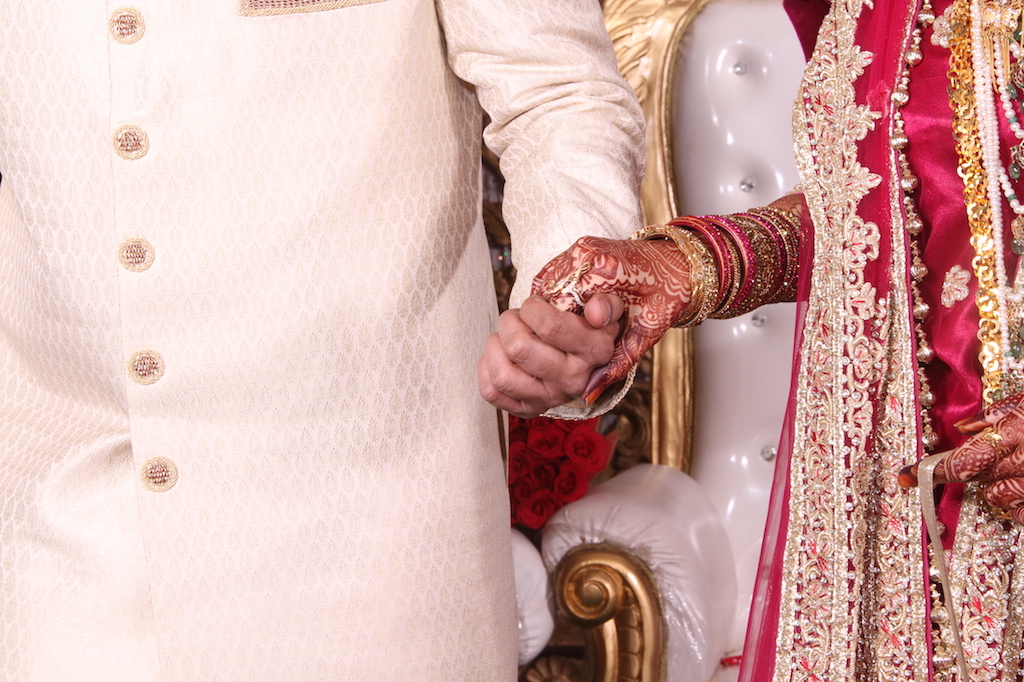Uniting Wedding Cultures Worldwide
 It’s no secret that weddings come in various styles and sizes. Different cultures each offer unique wedding rituals and traditions, making each wedding reflect heritage in a truly special way. In a world so full of rich culture, The Manor has collected a compilation of fascinating customs including Greek, Jewish, and Polish culture to share with you!
It’s no secret that weddings come in various styles and sizes. Different cultures each offer unique wedding rituals and traditions, making each wedding reflect heritage in a truly special way. In a world so full of rich culture, The Manor has collected a compilation of fascinating customs including Greek, Jewish, and Polish culture to share with you!
Greek Wedding Traditions
Similar to American culture, an engagement in Greek culture is customary. The groom asks the bride’s father for her hand in marriage. Unlike American traditions, however, guests participate in a tradition of smashing plates to signify good luck for the new married couple. On their wedding day, the bride and groom wear crowns during the ceremony and are honored as King and Queen for the day.
Dancing is an important custom for a Greek wedding. Guests hold hands in a circle and rotate while performing a traditional dance, “The Kalamatianos”. “Opa!” is the saying that guests joyously proclaim as they dance. To conclude their wedding, the bride and groom finally take to the dance floor. During their last dance as husband and wife, guests pin money onto them for good fortune.
Jewish Weddings That Honor Hebrew Heritage
In Jewish culture, the groom is referred to as “Chatan” while the bride is referred to as “Kallah”. It is traditional for the Chatan and Kallah not see one another for one week prior to their wedding day. This extensive period of time builds anticipation for the wedding day!
Similar to Greek weddings, the Chatan and Kallah are deemed king and queen for the day; the queen sits on her throne while guests toast to both the bride and groom.
The most well-known ritual identified with Jewish weddings is the breaking of the glass. The groom will shatter a glass with his foot, symbolizing the destruction of the Temple in Jerusalem, thereby concluding the ceremony. Guests will joyously yell, “Mazel Tov,” congratulating the newlyweds and wishing them good luck.
Polish Wedding Traditions
It is a polish tradition for the bride and groom walk together down the aisle. After the ceremony, loose change and dollar bills are tossed at the bride and groom on their way out of the church. Once the loose change is collected, guests hug and kiss the newlyweds and gift them with abundant amounts of money.
Instead of catching a bouquet, Polish culture encourages bridesmaids to quickly find the bride outside the church. It is believed that whoever touches the bride first, will become married. During the reception, the bride and groom eat salted bread, a symbol of prosperity.
“Oczepiny”, is a ritual that involves the bride being surrounded by a circle of single women. The maid of honor removes the bride’s veil, and as in custom another married woman pins a cap to the bride’s head. A Polish bride is finally considered a married woman once this ritual is complete.
Each culture celebrates weddings uniquely, from the ceremony and reception to duration, garments and religion. Though one theme is certain, each culture displays and shares the same love. The Manor welcomes weddings from all cultures worldwide, and we look forward to planning a wedding that best reflects your heritage.


